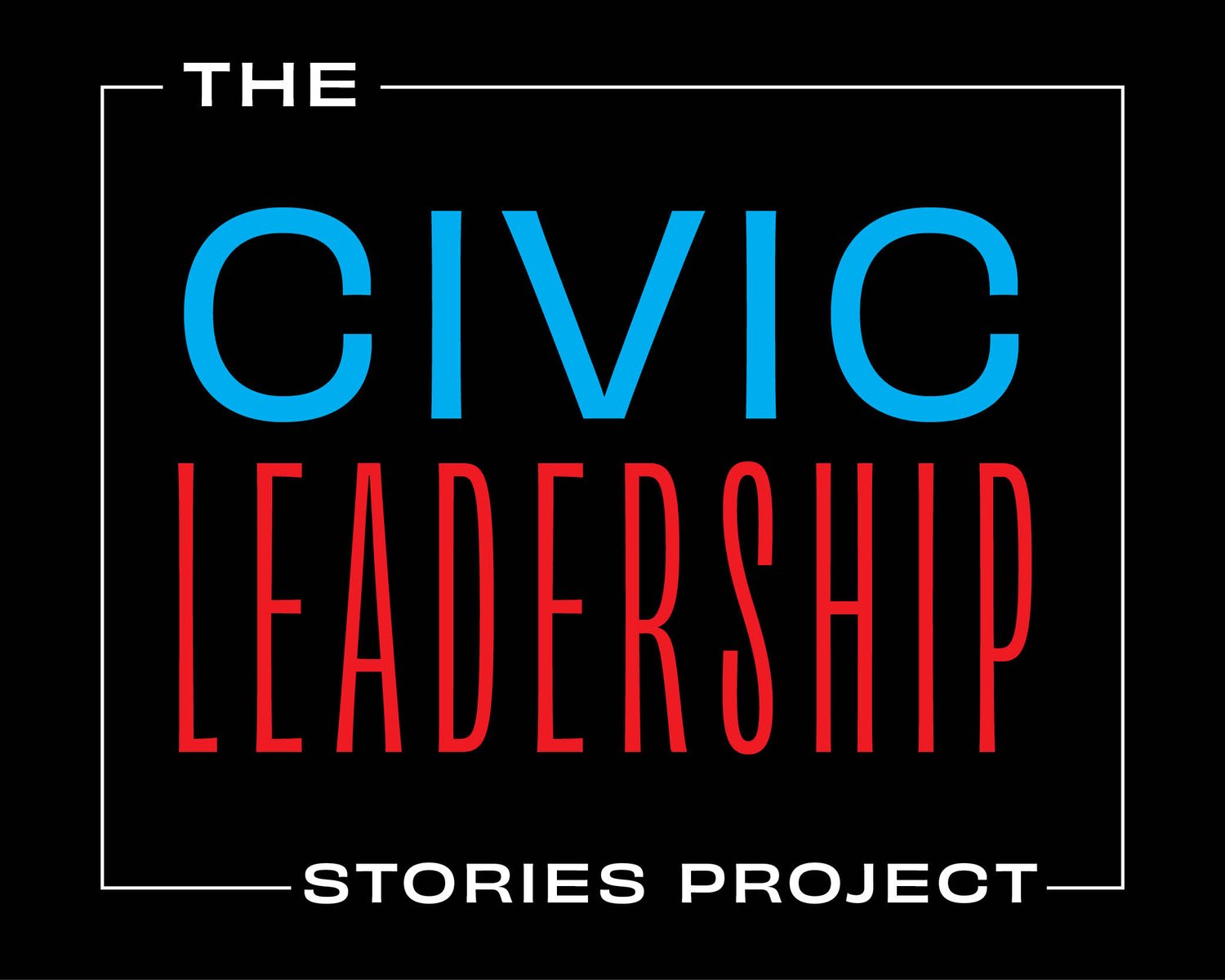Part 3: Helping Your Leaders Succeed
The Civic Solutions Story Library organizes stories by Success Factors, which are tactics that are critical to a leader’s success or failure in achieving their goals. These Success Factors were developed by the Solutions Journalism Network, drawing on thousands of news stories about communities solving their problems all over the world.
Attacking root causes
Solving problems by addressing the underlying factors. By digging deep and attacking the root causes of a problem, changemakers are able to treat the disease rather than just the symptoms. These solutions offer help to those in need, employ a comprehensive approach to problem-solving, and address the determinants that keep individuals and communities from succeeding.
Sample news story: “Here's What Happens When Social Workers, Not Police, Respond To Mental Health Crises”
Expanding access
Bringing products and services to new people, in new places, in new ways. From developing medicines for neglected diseases to delivering contraceptives via aerial drones, these solutions focus on providing services to those in need. By expanding awareness and distribution, reducing costs, and rewriting rules in pursuit of equality, changemakers broaden the reach of innovations, extending access to all.
Sample news story: “To Bridge the Digital Divide, Cities Tap Their Own Infrastructure”
Embracing the power of relationships
Building and leveraging human networks to solve problems. By building trust and personal relationships in a community, social entrepreneurs are able to create change on a behavioral level. They also make use of positive peer pressure and social norming — showing people that certain peers are actually behaving well.
Sample news story: “Reusing, recycling, rethinking”
Empowering people
Building the confidence and problem-solving ability of communities. Working closely with the demographics they serve, changemakers identify communities’ assets and build programs that are controlled by locals. In so doing, they encourage resilience and turn “victims” into problem-solvers. Some of these featured solutions work by teaching a community to expect more of itself, its leaders, and its government.
Sample news story: “What legislators can learn from a Boston public housing development”
Practicing human-centered design
Customizing and tailoring solutions to meet a person or a community’s needs. In developing solutions, changemakers employ human-centered design, meeting people where they are at, employing behavioral economics, and identifying cases of positive deviance. Sometimes they even employ humor.
Sample news story: “Can Funny Traffic Signs Save Drivers' Lives?”
Cultivating collaborations
Reaching across the aisle and rounding up the community to solve problems. From partnering cops and clinicians to connecting public high school students with jobs in industry, these solutions depend on coordinating many actors to achieve success. On a macro level, collaboration-driven projects might bring together the private sector, government, and NGOs; on a local level, they might be as simple as uniting teachers, counselors, and parents to help students grow.
Sample news story: “How West Virginia became the nation's leader in COVID-19 vaccine distribution”
Using creative financing
Harnessing the power of economics and investment. These solutions take advantage of money, not only in its ability to fund programs but also as a means of giving people autonomy and the power to solve the challenges they face in the ways they see fit.
Sample news story: “Can free cash really solve Philly's poverty problem?”
Overcoming the big challenges
Solving the problems all leaders face. Certain challenges — questions of scaling and impact measurement and evaluation — are faced by all civic leaders. These stories illustrate how changemakers are addressing those challenges, and whether they’re finding success.
Sample news story: “Support Centers For Trauma Survivors Expanding In Illinois”
